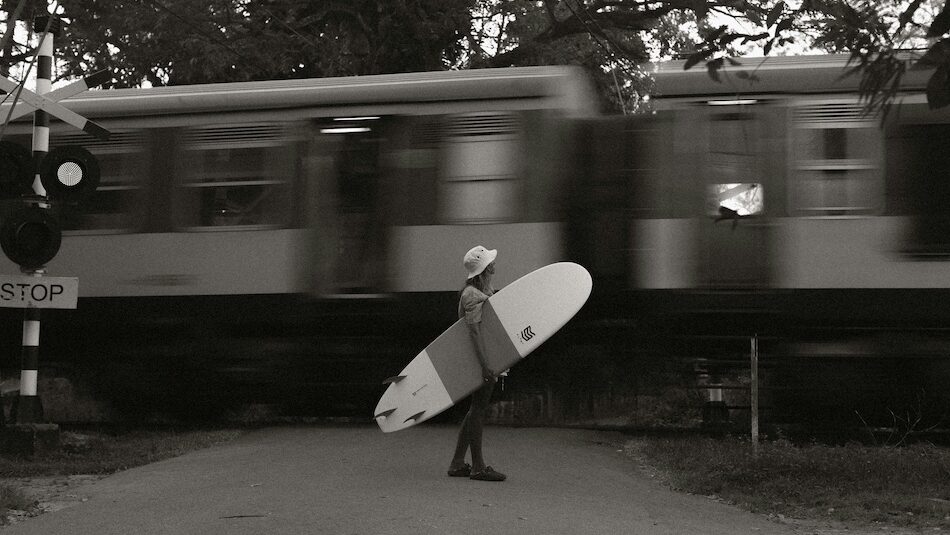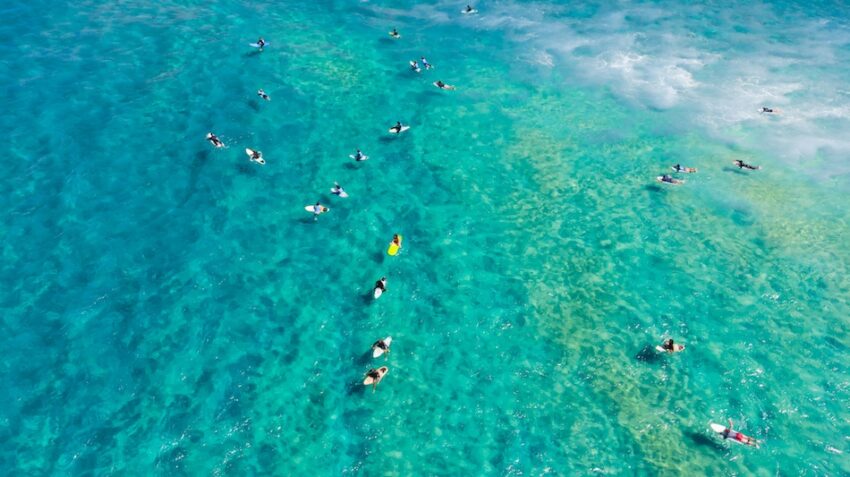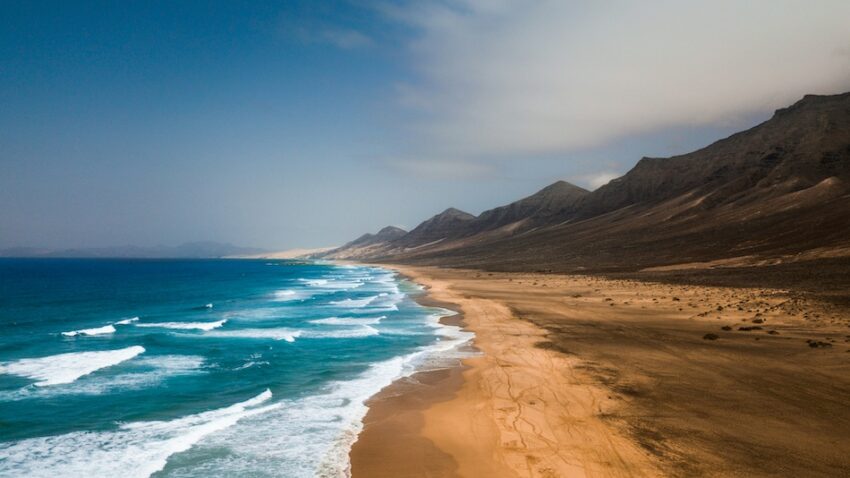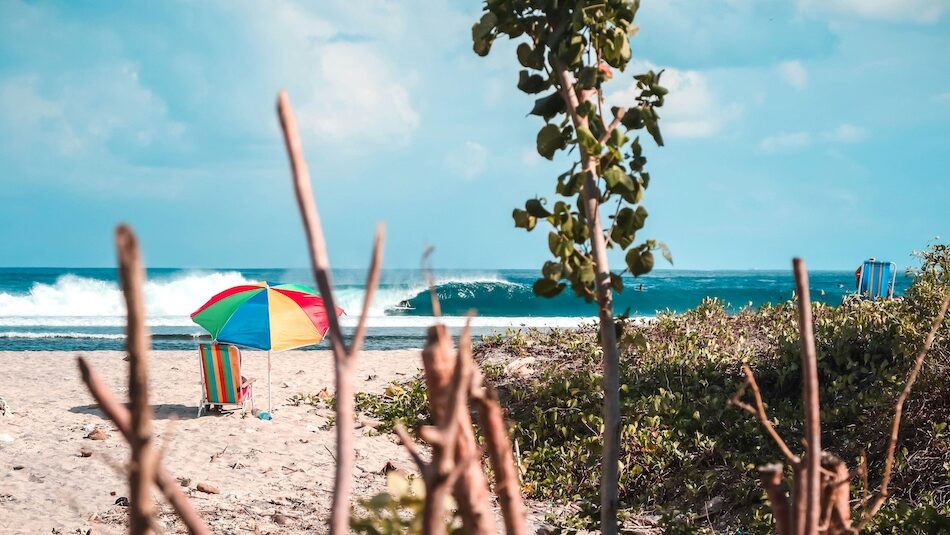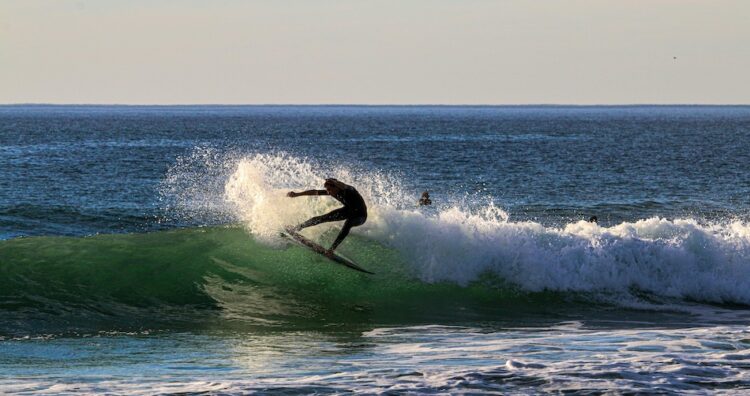Plan Like A Pro | Essential Surf Travel Tips
-
By Matt
- Updated | October 06, 2025
Surf trips are some of the most fun adventures you can have, but traveling with a board and chasing waves in new places can be tricky.
If you are just starting out or have been surfing for years, knowing a few smart tips can make your trip easier and more enjoyable.
From packing your board and picking the right gear, to staying safe in the water and following local rules, these 30 surf travel tips for wave chasers will help you catch more waves, have more fun, and feel confident wherever you go.
Get ready to surf smarter and travel lighter.
Some of the links on this website are affiliate links, which means we may earn a commission at no additional cost to you if you decide to make a purchase or book a service through them. We only promote products and services that we believe in, and your support helps us continue to provide honest insights and valuable content.
Thank you for your trust and for supporting our work!
Surf Travel Tip 1: Pack Smart for Your Surfboard
Traveling with a surfboard can be stressful, but using a padded travel bag makes a huge difference. Wrap your board in bubble wrap or towels, secure the fins, and check airline rules before flying. A lightweight, protective bag reduces damage risk and gives you peace of mind so you can focus on catching waves.

Surf Travel Tip 2: Choose the Right Board for Your Trip
Different destinations offer varying waves, so consider packing a versatile board. A funboard or hybrid works well for mixed conditions, while shortboards are ideal for steep, hollow waves. Researching local surf breaks before you go ensures you’re prepared, helping you enjoy every session without swapping boards last minute.
Surf Travel Tip 3: Check Local Surf Forecasts
Wave conditions can change daily, so check surf forecasting websites or apps before heading out. Knowing tide, swell, and wind information helps you pick the best spots at the right time. Even a simple glance at the forecast can save hours of waiting and maximize your surfing fun.
Surf Travel Tip 4: Learn Local Surf Etiquette
Every surf spot has unwritten rules. Respect line-up priority, don’t snake waves, and give space to locals. Observing how other surfers behave shows respect and keeps the vibe friendly. Following etiquette reduces tension and makes your surf trip more enjoyable, especially in crowded or popular destinations.
Surf Travel Tip 5: Pack Reef-Safe Sunscreen
Protecting your skin is vital when surfing long hours. Choose reef-safe sunscreen to avoid harming marine life while staying protected. Apply it generously before heading out and reapply after every session. Your skin and the environment will thank you, especially in tropical destinations with strong sun exposure.
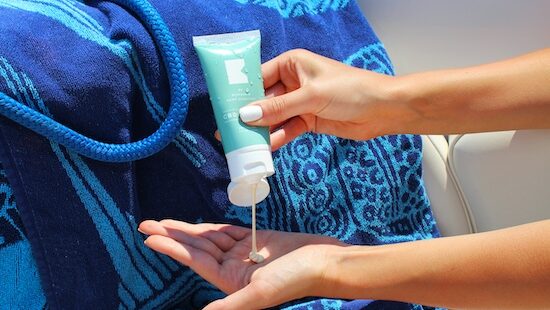
Surf Travel Tip 6: Travel Light with Essentials
Bring only what you really need for surfing trips. Lightweight clothing, swimwear, a rash guard, and a few toiletries keep packing simple. Traveling light makes moving between surf towns easier and reduces stress, letting you focus on waves, sunsets, and exploring new beaches without lugging heavy bags.
Surf Travel Tip 7: Invest in a Good Leash
A reliable surf leash keeps your board close and prevents accidents. Check it before each session for frays or weak spots. A quality leash can save your board from being lost or damaged, and ensures you stay safe in crowded line-ups or strong surf conditions.
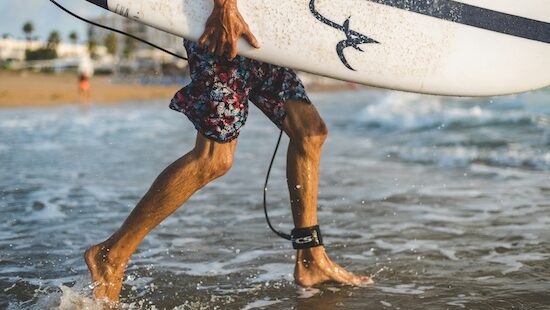
Surf Travel Tip 8: Learn Basic Board Maintenance
Knowing how to repair minor dings or cracks on your board is useful on surf trips. Carry a small repair kit, clean your board after each session, and check fins and plugs. Staying on top of maintenance keeps your board in top condition and avoids major problems during your travels.
Surf Travel Tip 9: Arrive Early for Less Crowded Waves
Timing your sessions can improve your experience. Early mornings usually have fewer surfers, cleaner waves, and calmer winds. Arriving before peak times gives you space to practice, enjoy longer rides, and observe local surf conditions without fighting crowds or missing good sets.
Surf Travel Tip 10: Respect Local Wildlife
Marine life can appear unexpectedly while surfing. Avoid touching or disturbing animals like turtles, rays, or reef fish. Stay alert for warnings, and keep your distance. Respecting wildlife protects both you and the ocean environment, ensuring sustainable surfing for years to come.

Surf Travel Tip 11: Stay Hydrated on Hot Days
Surfing in the sun and saltwater can dehydrate you quickly. Bring water to the beach or refill bottles often. Drinking regularly keeps energy levels high and helps your body recover after long sessions, making each wave feel easier and safer.
Surf Travel Tip 12: Practice Stretching Before Surfing
Stretching improves flexibility and reduces the chance of injury. Focus on shoulders, hips, and back before paddling out. A quick warm-up gets your muscles ready for the physical demands of surfing, allowing smoother movement and better control on the waves.
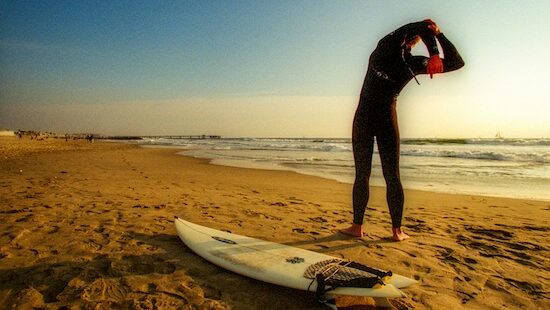
Surf Travel Tip 13: Learn Local Language Basics
Even a few words can go a long way when traveling. Greeting locals, asking for directions, or saying thank you shows respect. Friendly communication often leads to helpful advice about surf spots, tides, and safety tips you won’t find online, making your trip more enjoyable.
Surf Travel Tip 14: Keep Track of Tides
Tides can drastically affect wave quality and safety. Check local tide charts and plan sessions around optimal times. Knowing whether a break works better at high or low tide ensures more consistent waves, reduces hazards, and helps you pick the best surf spots.
Surf Travel Tip 15: Use a Surf-Specific Travel Insurance
Accidents happen, and surf injuries are common. A travel insurance policy covering boards, injuries, and medical emergencies is smart. It provides peace of mind, especially in remote locations, and ensures that unexpected mishaps won’t ruin your surf adventure.
Surf Travel Tip 16: Protect Your Feet from Reef and Rocks
Some surf spots have sharp reefs or rocky bottoms. Wearing booties or being cautious while walking into the water can prevent cuts or scrapes. Knowing the hazards before paddling out keeps your feet safe and lets you enjoy waves without worrying about injuries.
Surf Travel Tip 17: Take a Surf Lesson if Needed
Even experienced surfers can benefit from local coaching. A lesson or guided session teaches you the nuances of the break, positioning, and wave selection. Learning from locals can help you catch more waves, understand hazards, and improve faster than practicing alone.
Surf Travel Tip 18: Track Your Progress
Keep a surf journal or take video clips of sessions. Noting wave conditions, board choices, and performance helps you learn quickly. Tracking progress makes your trip more rewarding and motivates you to try new techniques or tackle different breaks with confidence.
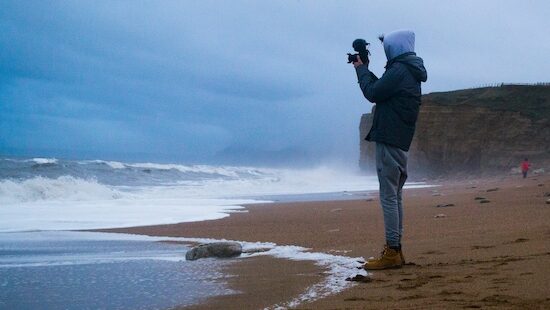
Surf Travel Tip 19: Respect Private Property
Many surf spots are near private land. Always park legally, follow access rules, and avoid trespassing. Being respectful maintains good relations between locals and travelers, ensuring that surf spots remain accessible for everyone who visits.
Surf Travel Tip 20: Travel with a Waterproof Bag
Keep your phone, keys, and wallet dry with a small waterproof bag or pouch. Saltwater damage can ruin electronics and personal items. A lightweight, water-resistant bag allows you to carry essentials safely and gives peace of mind while paddling or resting on the beach.
Surf Travel Tip 21: Plan for Changing Weather
Surf conditions can shift with storms, wind, or seasonal changes. Bring layers and check forecasts to adapt quickly. Being prepared for rain, wind, or sun keeps your sessions comfortable and safe, and ensures you’re ready to make the most of any surf day.
Surf Travel Tip 22: Respect Local Customs and Culture
Different regions have unique social norms. Observing dress codes, greetings, and public behavior shows respect and avoids misunderstandings. Surfers who embrace local culture often receive warmer welcomes and insider tips about lesser-known breaks.

Surf Travel Tip 23: Pack a Quick-Dry Towel
Quick-dry towels are perfect for surf travel. They dry fast, are compact, and save space in your bag. After sessions, a lightweight towel keeps you comfortable without adding bulk or soaking your gear, making transitions between surf spots easier and more convenient.
Surf Travel Tip 24: Use Earplugs for Sensitive Ears
Cold water, strong waves, or bacteria in the water can cause ear problems. Earplugs designed for surfers help protect against infections and discomfort. They are especially useful for long sessions or trips to unfamiliar beaches, keeping your ears healthy throughout the trip.
Surf Travel Tip 25: Carry Basic First Aid Supplies
Minor injuries happen while surfing. Bring bandages, antiseptic wipes, and pain relief. Being prepared allows you to handle small cuts, scrapes, or bruises immediately, keeping your surf adventure safe and reducing interruptions caused by preventable issues.
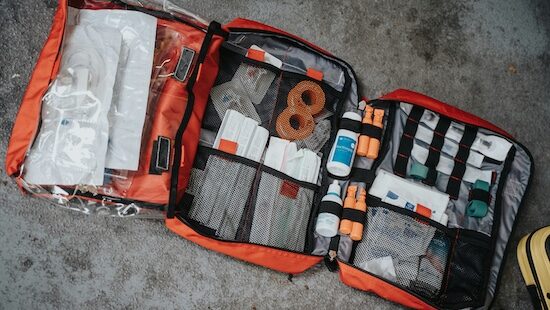
Surf Travel Tip 26: Choose Accommodations Near Surf Spots
Staying close to waves saves travel time and energy. Walking to the beach or having a short ride improves your daily routine, letting you surf early or stay late. Proximity also helps you respond quickly to sudden swell changes and enjoy spontaneous sessions.
Surf Travel Tip 27: Travel Off-Season for Lower Crowds
Off-season travel offers quieter line-ups and more relaxed vibes. Waves are still good in many places, and prices for lodging and rentals drop. Surfing with fewer people around allows for better wave selection, longer rides, and a more authentic experience of the local surf culture.
Surf Travel Tip 28: Keep Your Gear Organized
Organizing fins, leashes, wax, and repair kits prevents frustration at the beach. Use small pouches or compartments to find items quickly. Being organized saves time, keeps gear safe, and ensures you don’t forget essential equipment when moving between spots.
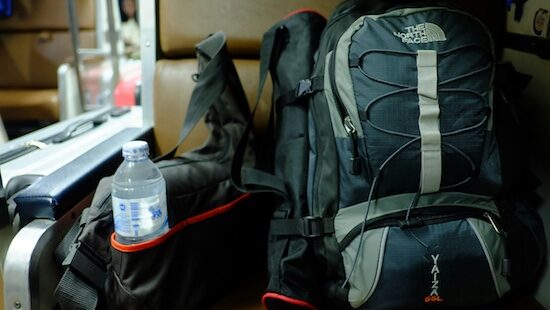
Surf Travel Tip 29: Take Photos Mindfully
Documenting your trip is fun, but be considerate. Avoid interrupting others’ rides or disturbing wildlife. Respect privacy and local regulations while capturing memories. Thoughtful photography allows you to share your experiences while maintaining good relationships with locals and fellow surfers.
Surf Travel Tip 30: Embrace Local Food and Hydration
Eating local meals and staying hydrated supports your energy on long surf days. Fresh fruits, seafood, and balanced meals keep stamina up, while hydration prevents cramps and fatigue. Trying local cuisine also connects you to the culture and enhances the overall travel experience.

Written by Matt
Surfer for nearly 20 years and an environmental scientist for nine, Matt grew up on the Sunshine Coast in Australia and now calls Melbourne home. He’s all about finding surf towns you can reach without a car and writes simple surf guides to help you do the same.
Need Inspiration? Explore These Top 5 Destinations!
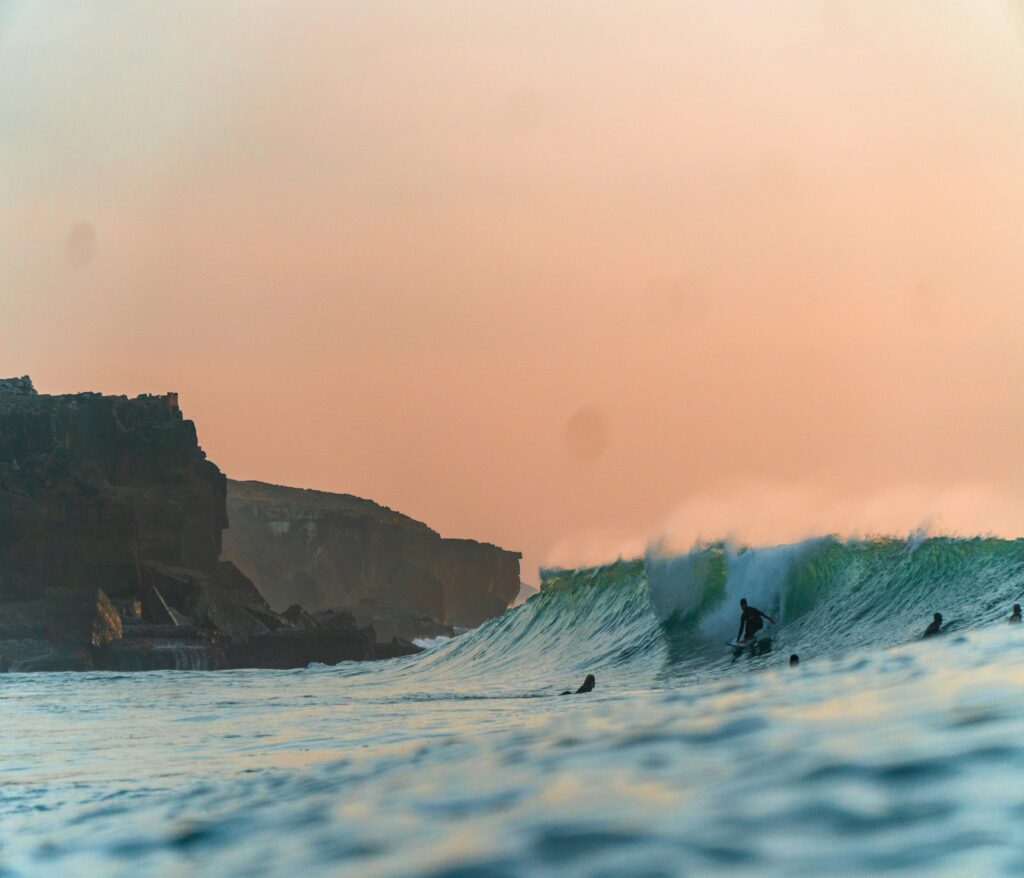
ERICEIRA | PORTUGAL
Located just 50km northwest of Lisbon, a surfer’s paradise & a world-renowned surf reserve, perfect for surfers who want easy access to top surf spots.
One of the standout beginner friendly beaches is Foz do Lizandro, known for its gentle waves & welcoming vibe. For consistent waves that cater to all abilities, Ribeira d’Ilhas is the go to surf spot.
With a compact layout, well connected bike paths, & public transportation, getting around Ericeira is effortless.
DISCOVER ERICEIRA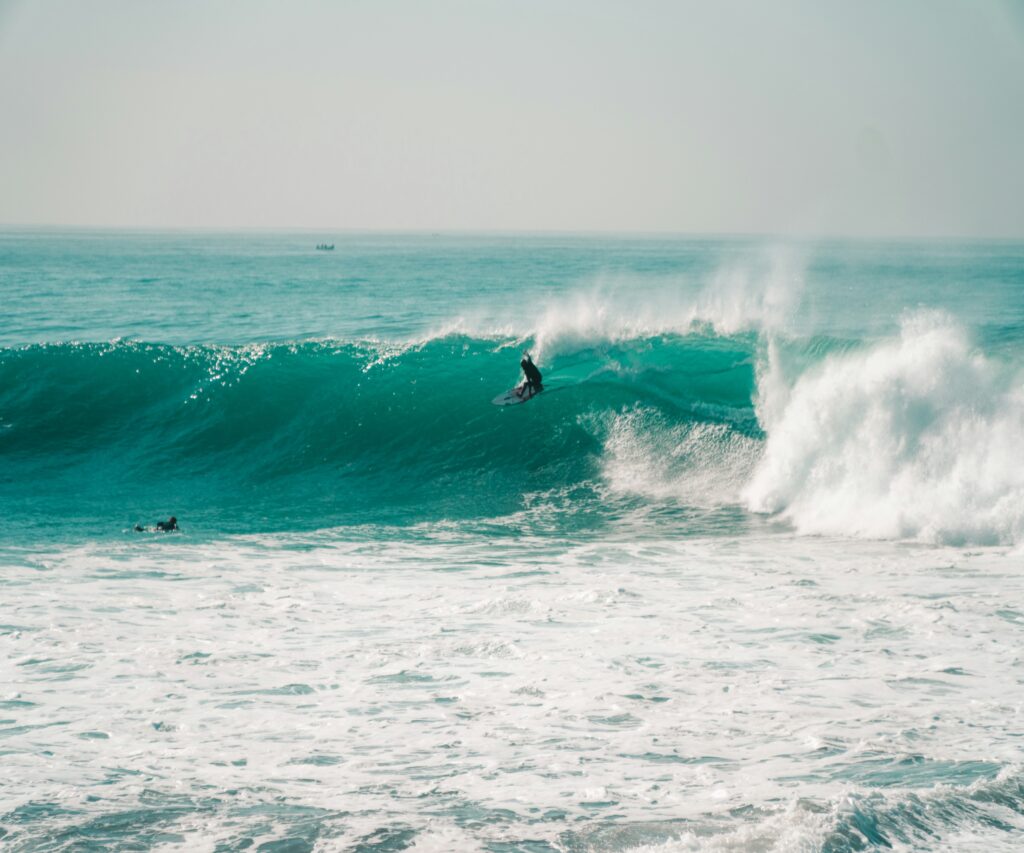
TAGHAZOUT | MOROCCO
Situated on Morocco’s scenic southwestern coast, is a haven for surfers seeking accessible and world-class waves.
The main beach in Taghazout, offering consistent waves suitable for all skill levels, is just a short walk from the town center.
For those looking to challenge themselves further, Killer Point, renowned for its powerful waves and scenic surroundings, is a popular choice, easily accessible by foot, bike or public transport.
DISCOVER TAGHAZOUT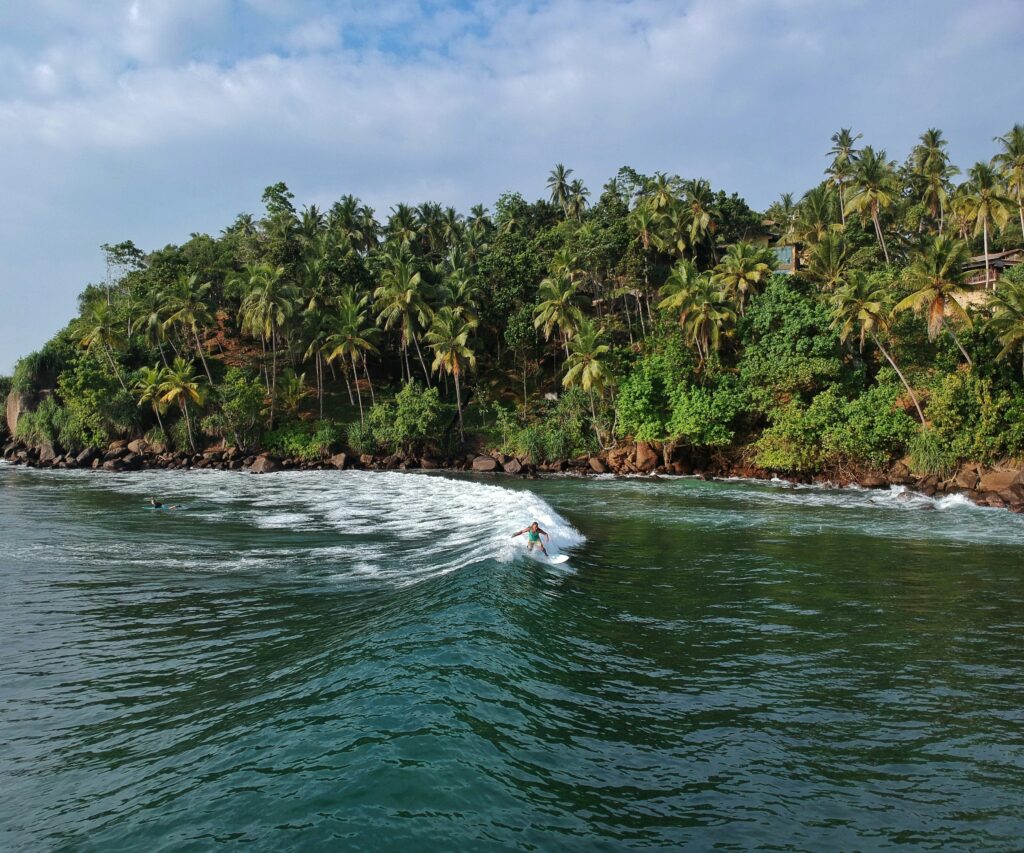
WELIGAMA | SRI LANKA
Located on the southern coast of Sri Lanka, Weligama is a tropical haven that offers easy access to a range of surf spots.
Weligama Beach, with its soft, rolling waves, is ideal for beginners & is just a short walk or bike ride from the town centre. For more experienced surfers, the punchy reef breaks of Midigama are only a 15-minute tuk-tuk or bus ride away.
With reliable public transport, tuk-tuks, & a compact layout, Weligama is an ideal base for exploring Sri Lanka’s southern surf spots.
DISCOVER WELIGAMA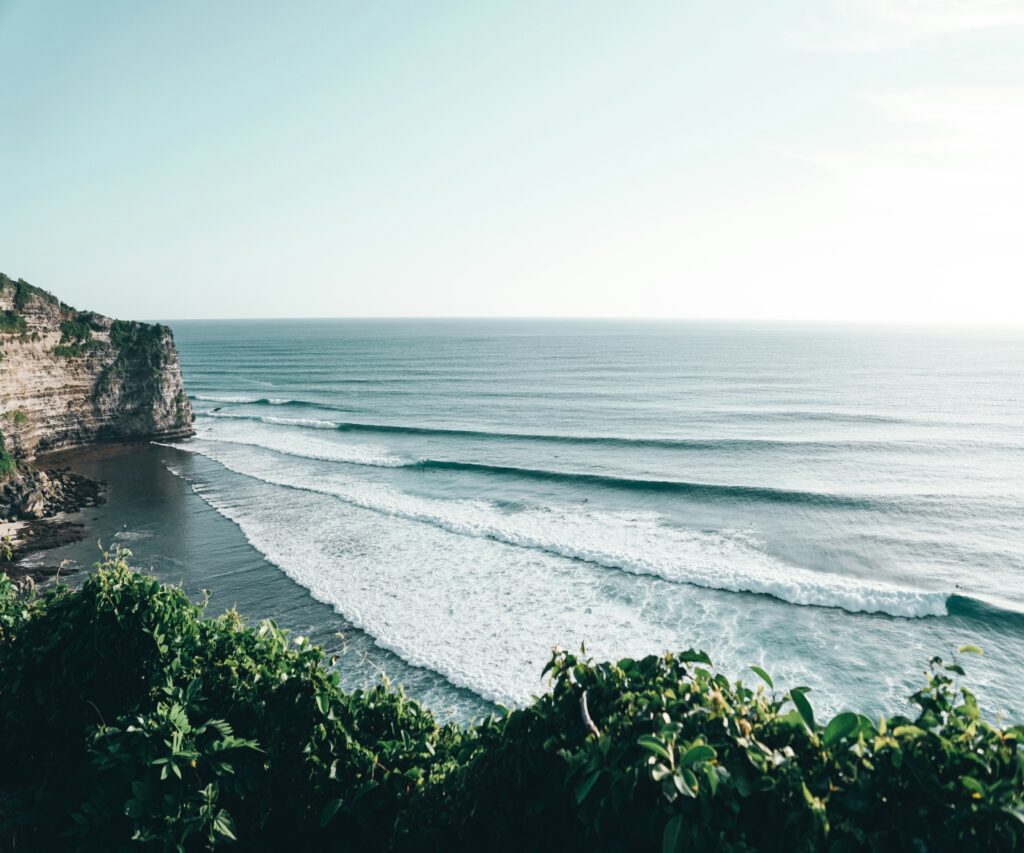
ULUWATU | INDONESIA
Nestled along Bali’s rugged Bukit Peninsula, is a surf mecca renowned for its world-class waves, breathtaking cliffs, & laid-back vibe.
At the heart of the surf scene is Uluwatu Beach, renowned for its powerful reef breaks, challenging waves, & breathtaking cliffside views that have made it an iconic surf destination in Bali.
Accessible by bike or short walks, Uluwatu & nearby beaches provide surf experiences for different levels, making it ideal for surfers looking to travel without the hassle of a car.
DISCOVER ULUWATU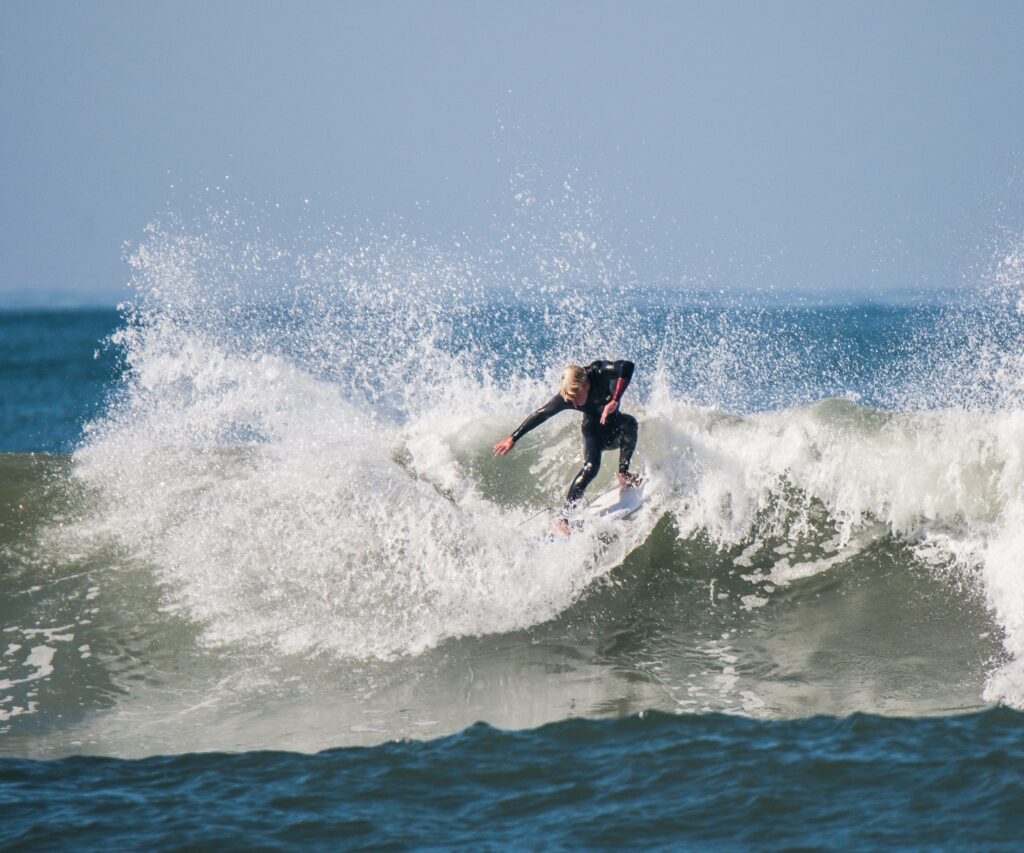
HUNTINGTON BEACH | USA
Famously known as “Surf City USA,” is one of the most iconic surf destinations in Southern California. Located just 40 miles (64km) south of Los Angeles, this vibrant coastal town offers a range of surf breaks.
The Huntington Beach Pier is a go-to spot, providing consistent waves suited for surfers of all skill levels. Beginners can head to Bolsa Chica, where the mellow waves offer a welcoming environment to practice, while more experienced surfers can challenge themselves at The Cliffs, known for its powerful rides.
DISCOVER HUNTINGTON BEACH
